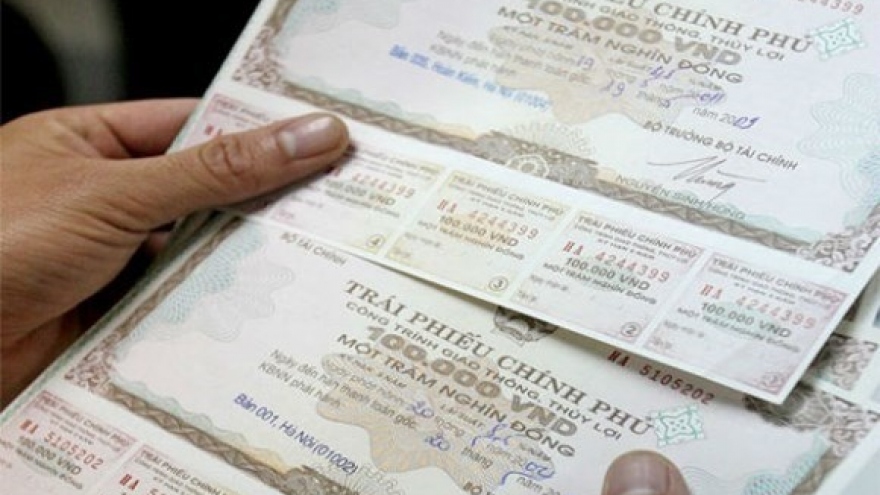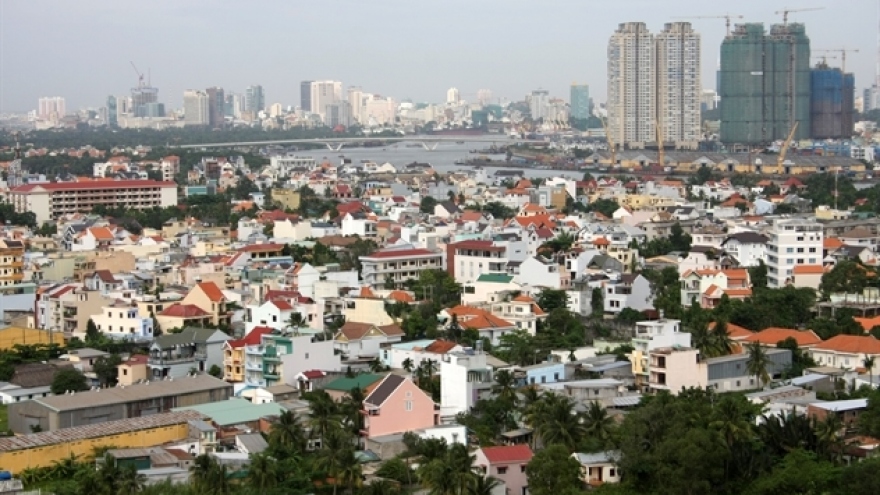Foreign investment funds target market for mothers and kids
With 12 percent of families having children aged below one and 20 percent of families having one- or two-year olds, the highest proportion in South East Asia, Vietnam is a promising US$7 billion market for companies which provide goods and services for mothers and children.
 |
All of the current conditions facilitate the development of the market. Nielsen noted that the middle class has been growing rapidly in Vietnam and parents tend to spend more money on children’s studies and food.
In developed markets, where the birth rates are low and the baby-care product market is saturated, the growth is driven by product innovation and upgrading, while in developing markets, increased demand is the biggest growth engine.
Analysts have also noted the changes in consumers’ habits. Mothers now tend to shop at retail chains specializing in mother-care and baby-care products, instead of traditional markets and general supermarkets.
Mothers’ spending is high enough to attract foreign retail chains and investors. Most recently, Mothercare, the British retailer, specializing in the UK-standard products for mothers and kids up to five years old, officially set foot in Vietnam.
Prior to that, some foreign investment funds poured big capital into domestic retail chains. VI Group announce investment in Kids Plaza, though declining to reveal investment capital.
Meanwhile, Con Cung (Blue-eyed kids) has received more capital and support from Daiwa-SSIAM II.
In late 2017, Bibo Mart received support in finance and human resources from ACA Investments, belonging to Japanese Sumitomo.
Nevertheless, despite the high growth rate of 30-40 percent of the market, analysts said that not all retailers can succeed.
Some foreign big names such as Kids World, Deca, Beyeu and Babyso came to Vietnam but had to leave later.
Trinh Lan Phuong, CEO of Bibo Mart, admitted that it is difficult to do well in the market.
Meanwhile, an analyst commented that the existing retail chains in Vietnam mostly serve the needs of popular consumers, not middle- and high-income earners, who are willing to spend big money.
The analyst cited a report as saying that consumers are willing to spend VND10 million when buying goods overseas, while they are only spending VND500,000 in Vietnam.
The statistics show that most Vietnamese consumers are fastidious about quality.


